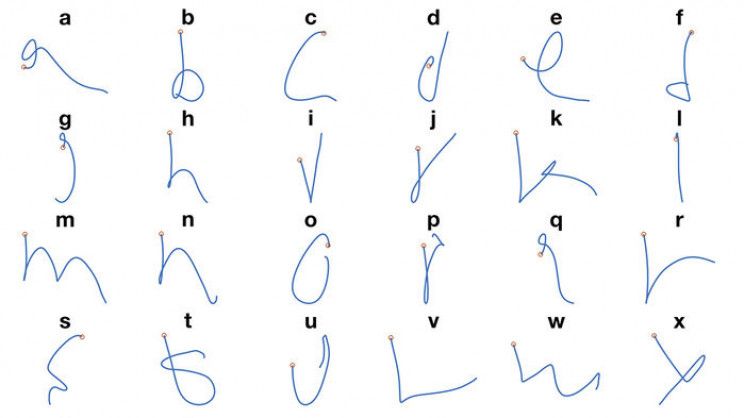
A.I. Allowed a Paralyzed Person to 'Handwrite' Using His Mind
Share this story!
Imagine scribbling down some notes using your mind, and A.I. interprets those thoughts into writing.
Brain-computer interfaces allow people to control computer inputs with their minds. While the technology is in its very early stages, it is showing great promise. Especially for paralyzed people.
People who are fully paralyzed, by stroke or neurological disease, have an extremely hard time trying to communicate even a single sentence. Previously, electrodes implanted in a part of the brain involved in motion have allowed some paralyzed patients to move a cursor or select onscreen letters with their thoughts. Users have been able to "type" up to 39 characters per minute, but that's still roughly three times slower than normal handwriting.
In these new experiments, a volunteer who is paralyzed from the neck down, imagined moving his arm to write each letter of the alphabet. That brain activity helped to train a computer model known as a neural network to interpret the commands, tracing the intended trajectory of his imagined pen tip to create letters.

As the findings show, the brain-computer interface was able to interpret the user's intended letters with about 95% accuracy. This is incredible progress in a technology that could improve the lives of many by allowing them to communicate with greater ease.
By becoming a premium supporter, you help in the creation and sharing of fact-based optimistic news all over the world.


